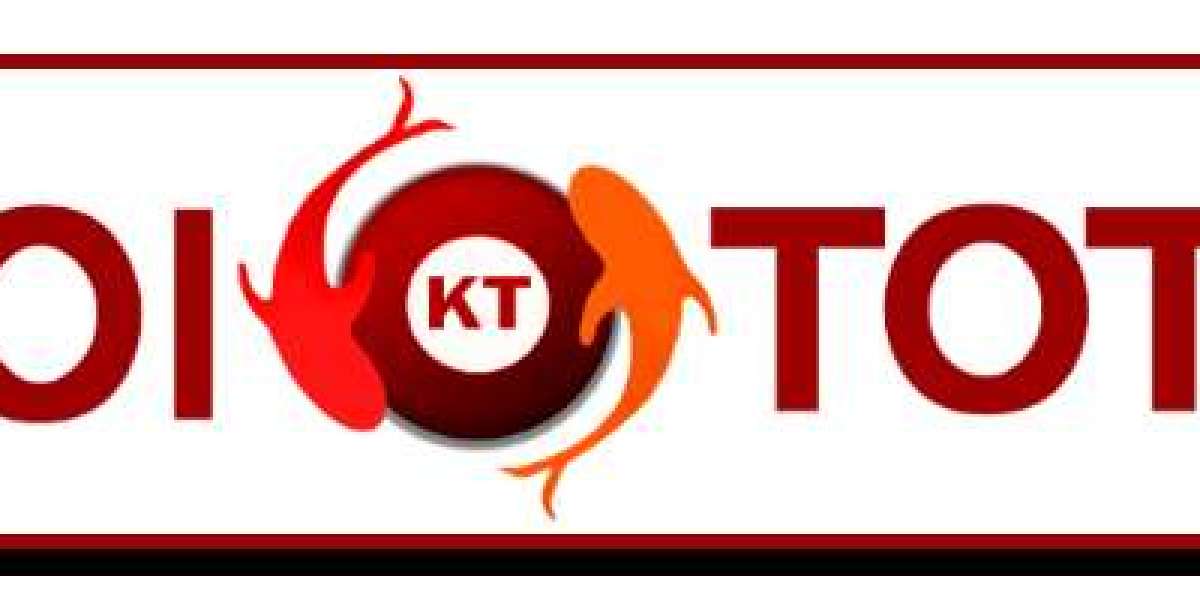Introduction: Regulations Driving Sustainable Material Choices
The Metal Free Leather Market is increasingly shaped by regulatory forces, especially in regions with strong environmental and health standards. In both Europe and North America, evolving laws governing chemical safety, emissions, product labeling, and sustainability are pushing industries toward adopting metal-free leather as a safer, cleaner alternative.
Regulatory compliance is no longer optional—it’s essential for access to premium markets. This shift is creating opportunities for ethical manufacturers and brands that invest in eco-friendly processes and transparent sourcing.
Key European Regulations Supporting Metal-Free Adoption
Europe is at the forefront of promoting sustainable materials through policy. Several regional directives directly influence leather production:
REACH (Registration, Evaluation, Authorisation, and Restriction of Chemicals)
This regulation restricts the use of harmful substances, including chromium VI, a chemical widely used in conventional leather tanning. Metal-free leather, which uses plant-based or aldehyde alternatives, helps manufacturers remain compliant.Ecolabel and GOTS Certification
These voluntary labels require producers to minimize environmental harm. Metal-free leather enables compliance with strict standards on water use, emissions, and chemical content.Circular Economy Action Plan
This EU initiative encourages product longevity, reusability, and non-toxic inputs. Leather produced without metals is favored in public procurement and eco-labeling schemes.
As a result, many European brands and suppliers are actively transitioning to metal-free production methods. Governments also provide incentives for sustainable material innovation.
North American Compliance Trends
In North America, both regulatory agencies and market-driven initiatives are boosting demand for non-toxic materials in consumer goods:
California Proposition 65
This law requires warning labels for products containing hazardous substances. Leather made using chromium can trigger labeling requirements, while metal-free variants avoid this risk.EPA and TSCA Compliance
The Environmental Protection Agency (EPA) under the Toxic Substances Control Act (TSCA) has tightened oversight of chemicals used in manufacturing, leading brands to seek safer options.Retailer Standards
Major North American retailers are setting their own material standards. For instance, some prohibit the use of chrome-tanned leather in private label products, favoring alternatives with clearer environmental profiles.
These regulations affect not only manufacturers within North America but also exporters aiming to access the market.
Impact on Manufacturers and Supply Chains
Regulatory compliance requires manufacturers to adjust their processes, documentation, and material choices. For traditional tanneries, switching to metal-free systems may involve:
Updating tanning equipment
Retraining personnel
Securing new raw materials
Undergoing third-party audits for certification
While initially resource-intensive, these changes reduce long-term legal risk and increase access to eco-conscious buyers. Certified compliance also enhances brand value and stakeholder trust.
Supply chains are evolving to meet regulatory expectations. Many suppliers are integrating digital tracking systems to document their compliance and ensure traceability, from raw material to finished product.
Certifications Supporting Market Entry
For companies navigating Europe and North America’s complex compliance environment, several certifications validate their use of metal-free leather:
OEKO-TEX® Leather Standard: Confirms products are free from harmful substances.
ISO 17075-2: Assesses chromium VI content in leather, critical for proving absence of toxic metals.
Leather Working Group (LWG): Encourages sustainable tanning practices. Metal-free producers often achieve high LWG ratings.
Brands and suppliers that hold these certifications gain faster access to regulated markets, while building consumer confidence in their ethical standards.
Regulatory Influence on Brand Strategy
Regulatory momentum is reshaping how brands approach sourcing, design, and messaging. Key strategic shifts include:
Materials policy updates: Companies now issue internal guidelines restricting metal use in leather products.
Eco-labeling and transparency: Brands increasingly disclose compliance and environmental impact in product descriptions and marketing.
R&D investments: Funds are being allocated to develop new metal-free tanning methods, coatings, and finishes to maintain product performance under regulatory constraints.
These adjustments allow brands to remain competitive while aligning with both regulatory expectations and consumer demand.
Challenges in Regulatory Navigation
Despite growing clarity, navigating regulatory frameworks can still be challenging—especially for small or non-European manufacturers. Common difficulties include:
Interpreting technical standards
Adapting to changing chemical restriction lists
Translating certifications across jurisdictions
Managing audit and documentation costs
To overcome these issues, many businesses collaborate with compliance consultants, join global sustainability platforms, or seek local partnerships that ease market entry.
The Future of Regulation in Sustainable Leather
Regulations in both Europe and North America are expected to tighten further in the coming years. Key anticipated developments include:
Broader restrictions on synthetic chemicals
Mandatory disclosures on environmental impact
Stricter labelling rules around animal welfare and chemical safety
Preferential treatment for biodegradable and vegan-certified products in public contracts
Metal-free leather producers who anticipate these shifts and adjust early will gain a first-mover advantage.
Conclusion
The regulatory landscape is one of the most powerful forces shaping the Metal Free Leather Market today. In both Europe and North America, legal frameworks are pushing the industry toward safer, cleaner, and more responsible production methods. For brands and manufacturers, staying ahead of these regulations is not just a compliance exercise—it’s a pathway to growth, differentiation, and long-term sustainability.








